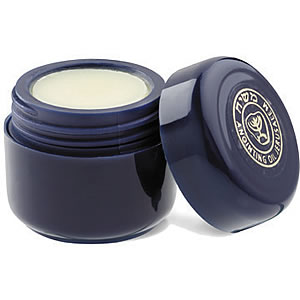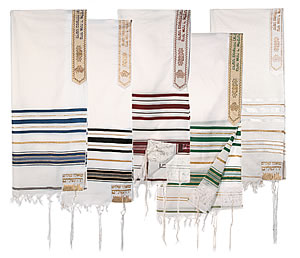 Shofar Shofar
| The blowing of the ram's horn (shofar in Hebrew
) is used to usher in the biblical festivals of Israel,
including the Sabbath, and to inspire people to amend their
lives and repent.
The sounding of the shofar
- symbolizes freedom and liberty
- proclaims the anniversary of the creation of the world
- is a reminder of the giving of the 10 commandments at Mt.
Sinai, and
- is a sound that is guaranteed to confuse and chase Satan
away.
The shofar is most often made from a ram's hoary, but the
horn of a sheep, goat, or antelope can be used. However, you
should never, never use the horn from a steer, as this would be
reminiscent of the golden calf made by the children of Israel in
the desert, as described in Exodus 32.
From biblical description, there are three different sounds
blown:
 | TIKIYAH - a single long blast. |
 | SHEPHARIM - 3 medium blasts in succession. |
 | TRUAHAH - 9 short, staccato blasts. |
In the new testament, the sound of the shofar (trumpet) is
associated with the second coming of Jesus, "for the Lord
Himself will descent from heaven with a shout, with the voice of
an archangel, and with the trumpet of God. And the dead in
Christ will rise first". (I Thess 4:16). Also, ''listen, I tell
you a mystery: we shall not all sleep, but we shall all be
changed- in a flash, in a moment, in the twinkling of an eye, at
the last trumpet For the trumpet will sound, and the dead will
be raised.... ". (1 Cor 15: 51,52). |
| |
 Anointing
Oil Anointing
Oil
| This Anointing Oil is made with
extraordinary care, using only virgin olive oil acquired
from the trees around Jerusalem, with strict attention
to purity - leaving it free of any trace of residual
after-scent. It is then blended with 90 different
aromatic plants native to the mountains of Jerusalem,
and finally enriched with the mysterious sweetness of
frankincense and myrrh.
In the footsteps of a biblical custom that goes back
thousands of years, the ANOINTING OIL is now given to
us. It is enriched with Frankincense and Myrrh, the
highest quality ceremonial anointing oil, produced
entirely in Jerusalem.
Ancient chronicles show the great significance of oil
in worship and dedication to our Creator. Only the
purist olive extract was considered acceptable for use
in anointing. This clear oil was then blended with sweet
spices and solemnly poured on the priests and kings of
Israel.
Anointing Oil is extraordinary, especially for those
who are working with spiritual work in synagogues and
churches, preparation for a ministry, dedication and
holiness. It can also be applied at an event where our
Creator's anointing and presence are desired.
"The consecration of the anointing oil of his G-d is
on him." ~ Leviticus 21:12
"You have anointed my head with oil; my cup overflows."
- Psalms 23:5
|
|
|
|
|
|
 THE PRAYER SHAWL (tallit)
(pronounced tal-leet)
The Tallit is a prayer shawl, worn by Jewish men as a covering during
prayer. The fringes, or "tzitzyot", on the four comers are required dress
for Jewish men according to Numbers 15:37-41. They remind each Jewish man
of his responsibility to fulfill God's commandments, "you will have
these tasscis to look at and so will remember an the commandments of the
Lord...".
This (zitzyot are tied into 613 knots to constantly remind the wearer
of the 613 laws of Moses, of which there arc 248 prohibitions and 365
affirmations. Historically, these tasscis also came to be associated with
a persons authority For example: In the caves of Ei n Gedi, David cut off
the fringe of King Saul's garment, taking his authority He then gave it
back to Saul in humility (Sam 24).
Ruth said to Boaz, "spread the comer of your garment over me since
you are a kinsman-redeemer, "indicating she was placing herself under
his authority (Ruth 3).
In Mark 5:30-31, we see the woman who had an issue of blood for 12
years "touching the hem" of the garment of Jesus, and she was
healed. The "hem" was actually the tassels of His robes, which she
understood to represent His authority. Her faith in Him healed her later,
in Mark 6:53-56. we see others who had heard of this miracle coming from
all over Galilee and "they begged Him to let them touch even the hem of
His garment and all who touched Him were healed".
In Christianity today, both men and women use the Tallit or Prayer
Shawl. Covering one's head is symbolic of the covering of Jesus Christ
or Yeshua over their
lives. Covering their lives in prayer.
Shalom!
May the peace of God fill your soul and set you free
. . .
Whom the Lord has set free . . . is free indeed.
|
 Shofar
Shofar
 Anointing
Oil
Anointing
Oil